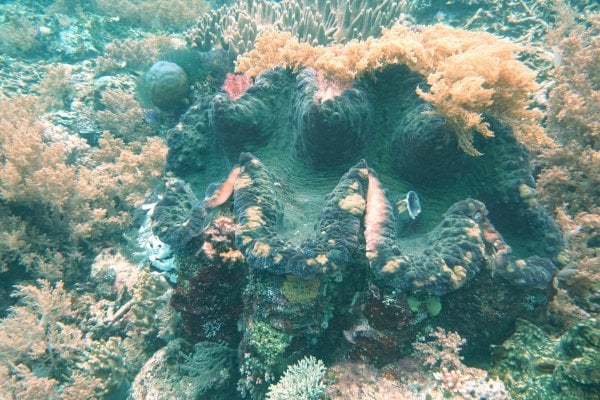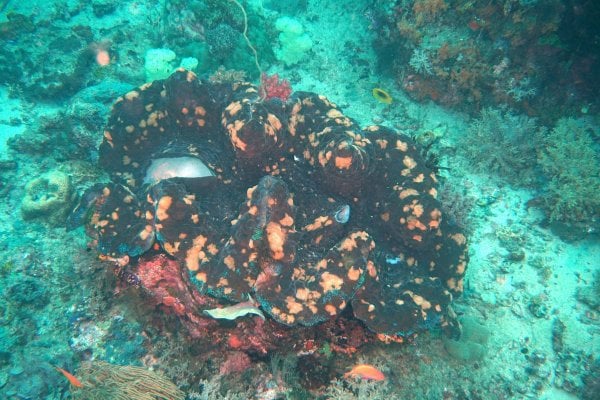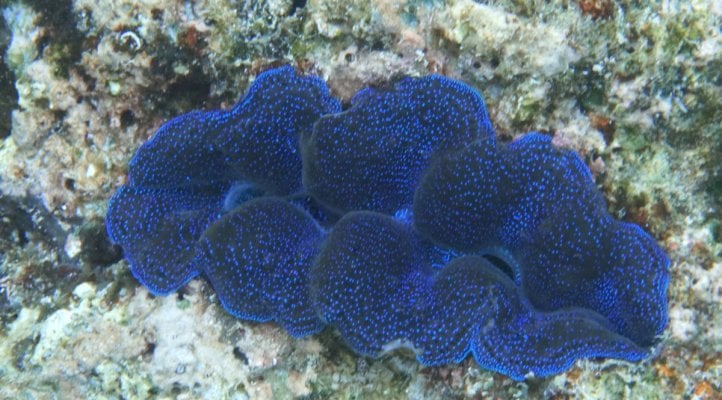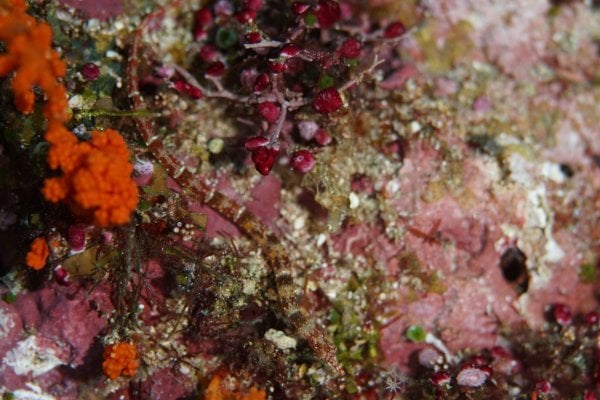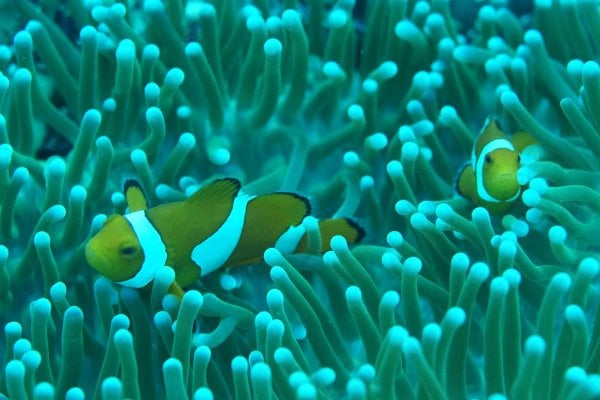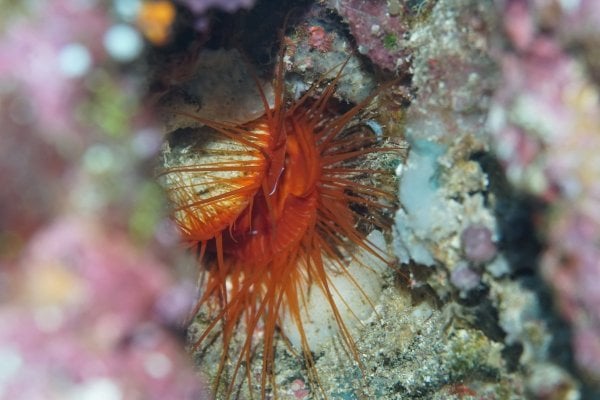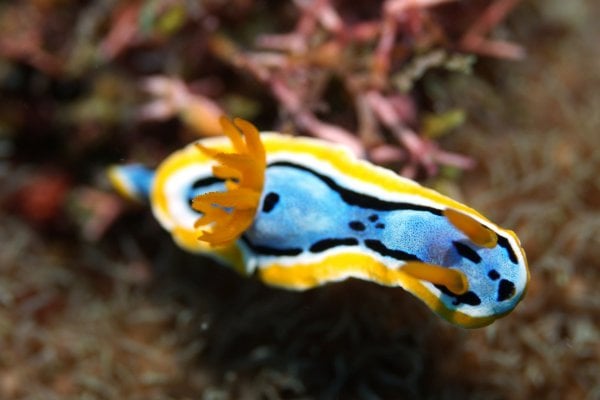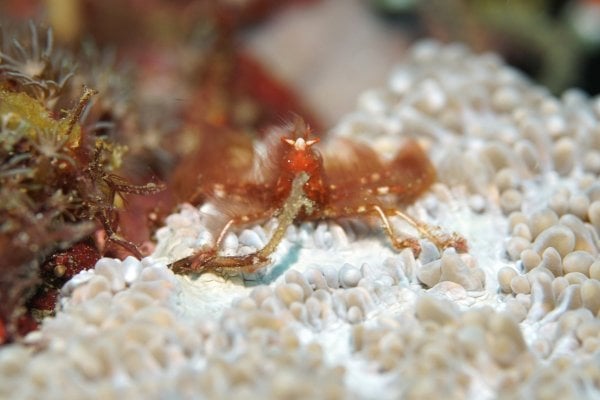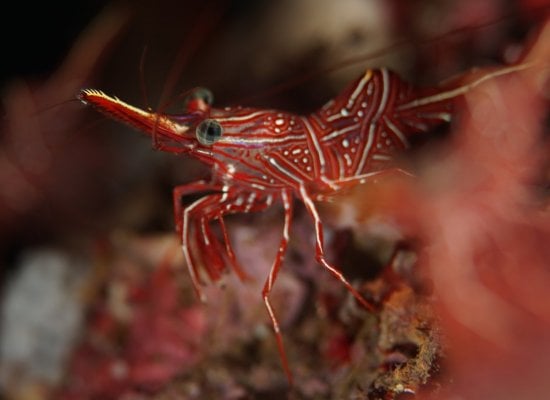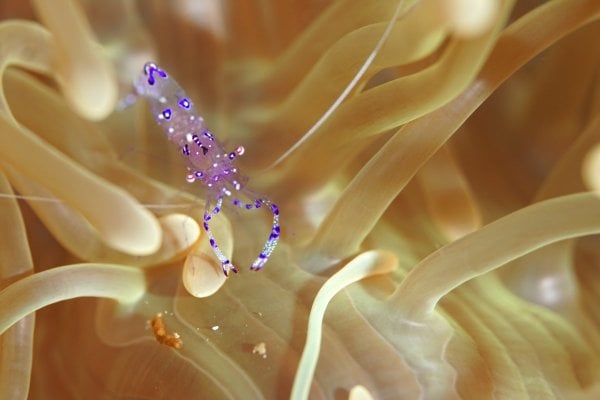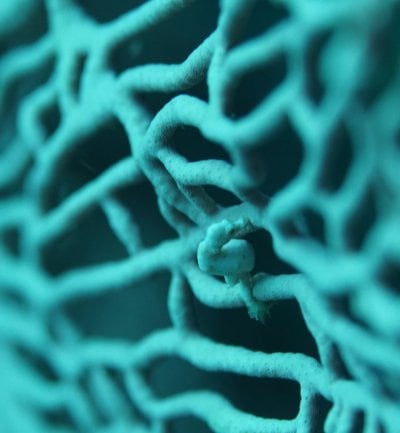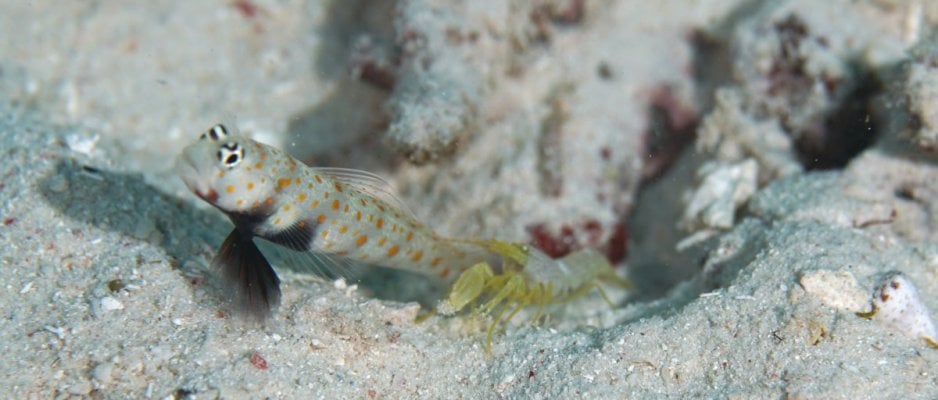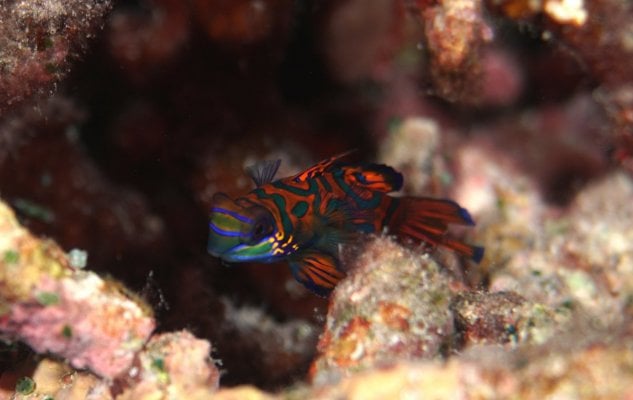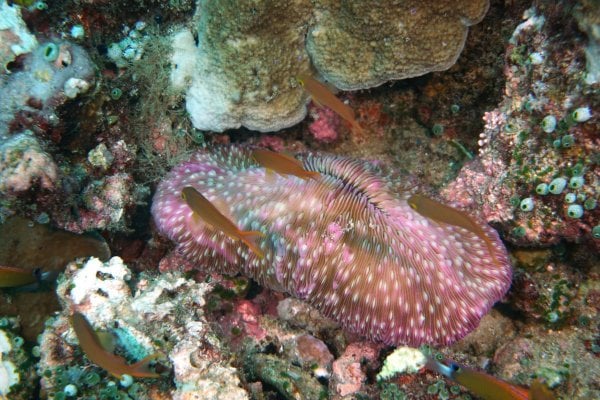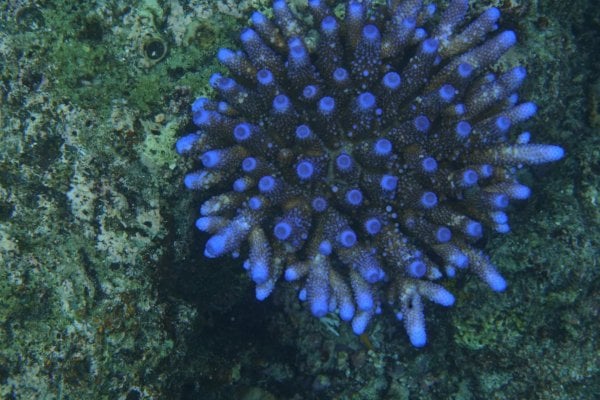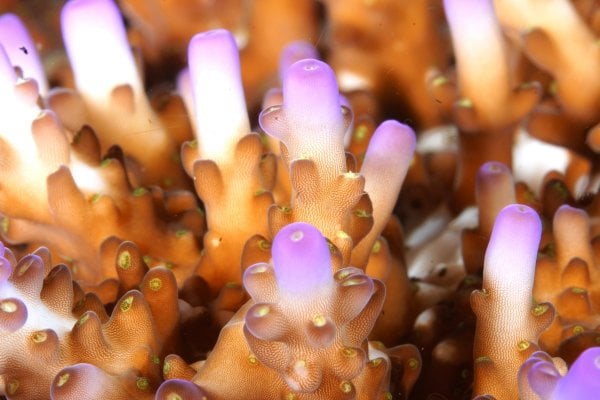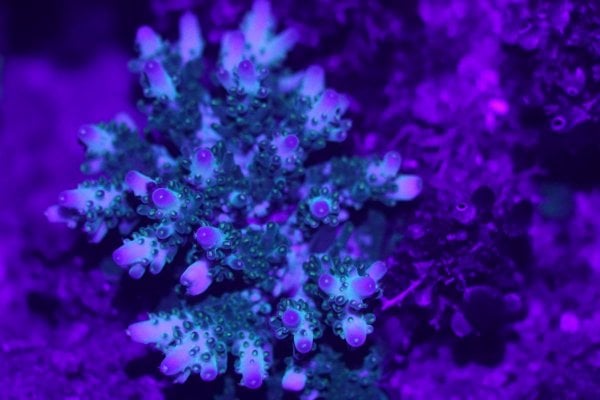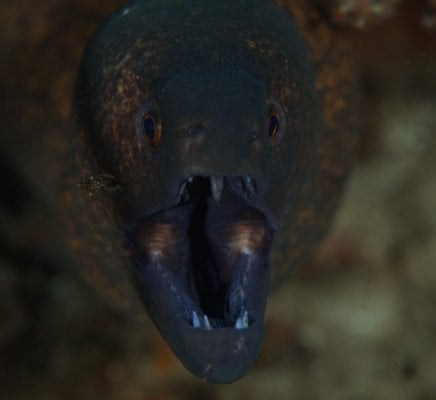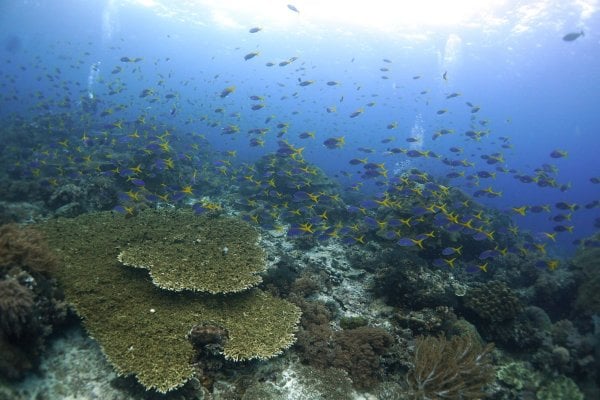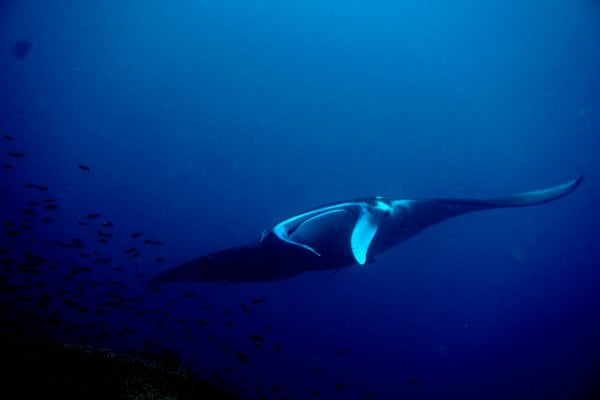Hey all! Thought it would be cool to make a thread on some popular corals in the wild. They are some really interesting ones, and I think it's really neat to see some popular species in their natural habitats.

First, here's a pretty famous one. This is a torch coral at low tide. Taken in the Maldives. One thing you'll notice in these pics: without the blues of our light systems, corals tend to appear a lot less colorful. The natural sunlight changes their appearance.

Here's a really cool pic of a mass coral spawning event that occurred in 2019 on the great barrier reef. Scientists photographed it and collected samples of the sex cells so that they can raise them in labs. This gives them info on the corals lifecycle and development, and helps them find ways to better protect the reefs.


Here are some older ones, this is an elegance coral, Catalaphyllia jardinei. Once common in the hobby and known as fairly hardy LPS, most now come with a fatal disease known unofficially as Elegance Coral Syndrome, which greatly limits their lifespan. A contributing factor could be that our tanks are not the ideal habitat for them - most come from deeper, more silty water. They are rarely exposed to the bright lights and cleaner waters of shallow reefs.

Remember how I said that corals are typically less colorful under sunlight? Well, the sun coral and many other related corals prove an exception to that rule. The sun coral, which is unique in that it is non-photosynthetic and relies on catching plankton and other crustaceans in its tentacles. They grow huge on many reefs.

Here's a unique photo - an urban coral reef exposed at low tide. This is off the coast off Pulau Semakau, an island. In the distance, you can see Singapore. At low tide, one will find the island as well as the waters around it teeming with life, though there have been concerns over pollution of the surrounding water. The Singapore government, however, tightly regulates environmental practices in the area, in contrast to many Indonesian islands.

Here's a healthy patch of Acropora millepora, the purple one in the middle, as well as various other SPS, at a diving spot in the Pacific. The mille has the classic shape of its species, but which is very difficult to replicate in the aquarium.

From the same source, here is a large Bubble coral, Plerogyra sinuosa. Notably, this colony, though extremely large, has suffered some damage, as evident but the large hold in the skeleton on the side. It's possible this is from an anchor of a boat.

Here's another photo of SPS, this time the critically endangered staghorn coral, Acropora cervicornis. Native to the Carribean, this coral faces huge challenges. Most of us will never keep this coral, its collection is essentially banned, except for extremely specific research and conservation purposes, by international law.

Here is a large patch of anemones, species unknown, hosting an anemonefish.

Here are multiple bubble tip anemones growing in the Marshall Islands. They are hosted by Amphiprion melanopus. Notably, this photo was taken in 2008, and the same reef suffered multiple bleaching events in 2008, 2013, 2014, and 2016. Many corals and anemones did not survive, and these reefs are a shadow of their former selves.


Also from reefbuilders, here we can see some scolymias, specifically Caribbean scolies. Scolymia cubensis the smaller of the two species has a lower profile and often found on the side of rocks. It looks to have a smoother texture around the exterior of the disk. Scolymia lacera is the bigger flashier coral with visible skeletal teeth around the edge of the coral, on the left. These were both found in the Honduras.


Switching gears to LPS, here are some huge swathes of hammer corals, these being the wall hammer Fimbriaphyllia ancora. Formerly Euphyllia, hammers and frogspawn/octospawn were reclassified in 2018. These huge corals could almost be considered reefs by themselves! They make anything we have in captivity pail in comparison.

Here's a variety of goniopora surrounded by leather corals. Huge fields of leather emerge where the conditions are right, but sometimes other corals fight their way to the top and manage to gain a foothold among the leathers, as these gonis have done. This is why coral warfare happens! They have to fight for their real estate.

Here's something really unique. No, these corals aren't bleached. These are deepwater small polyp stony corals. Yes, they exist! They receive no sunlight and are feed on plankton. They're exceptionally slow growers. Your fast growing acro can gain 10-20 cm in a year, but these guys grow just 0.1 cm in a year. They are extremely vulnerable to damage from deep sea trawling and other environmental damage.

Finally, back to the traditional reef picture. Here is a rainbow of corals found in the Pacific off the Great Barrier Reef. Unfortunately, due to bleaching events, these corals are also severely damaged in the present. Their beauty remains only in a few photographs.
So there ends our brief tour of corals in the wild. You may notice that many of them suffer from environmental threats. These are very real and are impacting almost every reef on the planet. If you can, please check out or donate to a reef conservation agency, such as https://coralreef.noaa.gov. They need our help!
First, here's a pretty famous one. This is a torch coral at low tide. Taken in the Maldives. One thing you'll notice in these pics: without the blues of our light systems, corals tend to appear a lot less colorful. The natural sunlight changes their appearance.
Here's a really cool pic of a mass coral spawning event that occurred in 2019 on the great barrier reef. Scientists photographed it and collected samples of the sex cells so that they can raise them in labs. This gives them info on the corals lifecycle and development, and helps them find ways to better protect the reefs.
Here are some older ones, this is an elegance coral, Catalaphyllia jardinei. Once common in the hobby and known as fairly hardy LPS, most now come with a fatal disease known unofficially as Elegance Coral Syndrome, which greatly limits their lifespan. A contributing factor could be that our tanks are not the ideal habitat for them - most come from deeper, more silty water. They are rarely exposed to the bright lights and cleaner waters of shallow reefs.
Remember how I said that corals are typically less colorful under sunlight? Well, the sun coral and many other related corals prove an exception to that rule. The sun coral, which is unique in that it is non-photosynthetic and relies on catching plankton and other crustaceans in its tentacles. They grow huge on many reefs.
Here's a unique photo - an urban coral reef exposed at low tide. This is off the coast off Pulau Semakau, an island. In the distance, you can see Singapore. At low tide, one will find the island as well as the waters around it teeming with life, though there have been concerns over pollution of the surrounding water. The Singapore government, however, tightly regulates environmental practices in the area, in contrast to many Indonesian islands.
Here's a healthy patch of Acropora millepora, the purple one in the middle, as well as various other SPS, at a diving spot in the Pacific. The mille has the classic shape of its species, but which is very difficult to replicate in the aquarium.
From the same source, here is a large Bubble coral, Plerogyra sinuosa. Notably, this colony, though extremely large, has suffered some damage, as evident but the large hold in the skeleton on the side. It's possible this is from an anchor of a boat.
Here's another photo of SPS, this time the critically endangered staghorn coral, Acropora cervicornis. Native to the Carribean, this coral faces huge challenges. Most of us will never keep this coral, its collection is essentially banned, except for extremely specific research and conservation purposes, by international law.
Here is a large patch of anemones, species unknown, hosting an anemonefish.
Here are multiple bubble tip anemones growing in the Marshall Islands. They are hosted by Amphiprion melanopus. Notably, this photo was taken in 2008, and the same reef suffered multiple bleaching events in 2008, 2013, 2014, and 2016. Many corals and anemones did not survive, and these reefs are a shadow of their former selves.
Also from reefbuilders, here we can see some scolymias, specifically Caribbean scolies. Scolymia cubensis the smaller of the two species has a lower profile and often found on the side of rocks. It looks to have a smoother texture around the exterior of the disk. Scolymia lacera is the bigger flashier coral with visible skeletal teeth around the edge of the coral, on the left. These were both found in the Honduras.
Switching gears to LPS, here are some huge swathes of hammer corals, these being the wall hammer Fimbriaphyllia ancora. Formerly Euphyllia, hammers and frogspawn/octospawn were reclassified in 2018. These huge corals could almost be considered reefs by themselves! They make anything we have in captivity pail in comparison.
Here's a variety of goniopora surrounded by leather corals. Huge fields of leather emerge where the conditions are right, but sometimes other corals fight their way to the top and manage to gain a foothold among the leathers, as these gonis have done. This is why coral warfare happens! They have to fight for their real estate.
Here's something really unique. No, these corals aren't bleached. These are deepwater small polyp stony corals. Yes, they exist! They receive no sunlight and are feed on plankton. They're exceptionally slow growers. Your fast growing acro can gain 10-20 cm in a year, but these guys grow just 0.1 cm in a year. They are extremely vulnerable to damage from deep sea trawling and other environmental damage.
Finally, back to the traditional reef picture. Here is a rainbow of corals found in the Pacific off the Great Barrier Reef. Unfortunately, due to bleaching events, these corals are also severely damaged in the present. Their beauty remains only in a few photographs.
So there ends our brief tour of corals in the wild. You may notice that many of them suffer from environmental threats. These are very real and are impacting almost every reef on the planet. If you can, please check out or donate to a reef conservation agency, such as https://coralreef.noaa.gov. They need our help!










